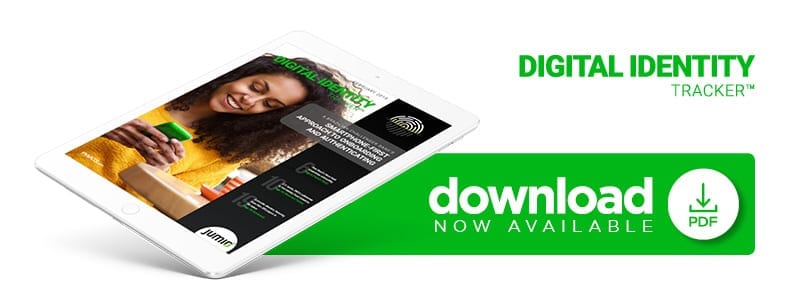A Brazilian Challenger Bank’s Smartphone-First Approach To Onboarding And Authentication

Frustrations with traditional Brazilian bank incumbents have given rise to new digital challenger offerings that are more in sync with the digital consumer. In the Digital Identity Tracker, COO Jean Sigrist of Brazilian challenger bank Neon explains how smartphones have changed the game for expanded access to banking services for millions of consumers in that country.
Approximately 70 percent of people in Latin America do not have access to bank accounts, marking a significant gap in financial inclusion. That gap could soon close, however, as Latin America undergoes its financial services renaissance. To compete with legacy banks and serve unbanked populations, several digital-first and digital-only challenger banks have emerged and are providing financial services through smartphones, which are owned by more than half of adults in the region. As such, these smartphone-based institutions are well-positioned to change up Latin America’s financial services.
Challenger banks may be offering consumers new ways to access financial products, but they still face the same authentication hurdle that has always plagued the financial services market: How do they ensure their customers are who they claim to be? To find out, PYMNTS recently spoke with Jean Sigrist, chief operating officer at Brazilian challenger bank Neon, about the bank’s authentication approach and how financial newcomers are challenging traditional institutions.
Tapping Into Brazil’s Banking Frustrations
For years, financial services in Brazil had been available through only five major legacy banks, limiting consumers’ choices. Those outside the financial fold had even fewer options. These frustrations with legacy banks’ dominance prompted Brazil’s regulators to allow new companies to enter the market. This paved the way for challenger banks like Neon to roll out their smartphone-first services.
“No one goes to a bank branch these days because everyone does what they need to do on a website or using a mobile app,” Sigrist said. “Challenger banks are providing a new experience and a modern approach to banking because they do not have physical branches to support.”
To join Neon, users must first complete the onboarding process, which requires details such as their names, social security numbers and a selfie. Selfie images are compared to liveness checks to ensure customers are real people. As this information is collected, it is simultaneously verified against several databases. The bank also links users’ smartphones to their social security numbers, giving it a more thorough view of the potential customers while also ensuring that no one else is using their images or phone numbers to open accounts.
“With that [information], we know the chances that the person who is [creating] an account with that phone [is likely] the real person,” Sigrist noted.
Improving Digital Banking Journeys
While smartphone-based authentication is changing the customer onboarding process, challenger banks’ digital-first approaches are enabling smoother experiences from the palms of users’ hands. Because these banks do not have to support physical branches, they can use those funds to provide customers with flexible and user-friendly services. This can come in handy, for instance, if customers forget their passwords.
“In Brazil, if you forget your credit card password and you’re a client of one of the five banks, they would force you to go to a branch or an ATM to reset it,” Sigrist said.
This requires customers to travel to branches and wait to resolve the matter. Neon’s digital alternative, Sigrist pointed out, allows users to fix any problems through the app. He said this approach will ease some of the common frustrations locals have when it comes to dealing with traditional banks.
A Roadmap for Big Bank Competition
On top of these smartphone-first solutions, Sigrist hopes to add customer-facing artificial intelligence (AI) offerings to Neon to help users find other products during their financial journeys. The bank also plans to use AI to detect fraud.
“The goal is to figure out if something is going to happen [and] detect it before it [does],” he said.
Looking ahead, Sigrist sees more opportunities to work with other FinTechs and startups, expanding the range of Neon’s financial services offerings and addressing the frustrations many customers have experienced at Brazil’s traditional banks.
“Challenger banks and these companies are trying to create new experiences for banking clients,” he said.
Delivering smartphone-first approaches to authentication and providing products that give users easier access to financial services could give Brazil’s challenger banks the edge they need to compete with legacy institutions and deliver on that challenge.

